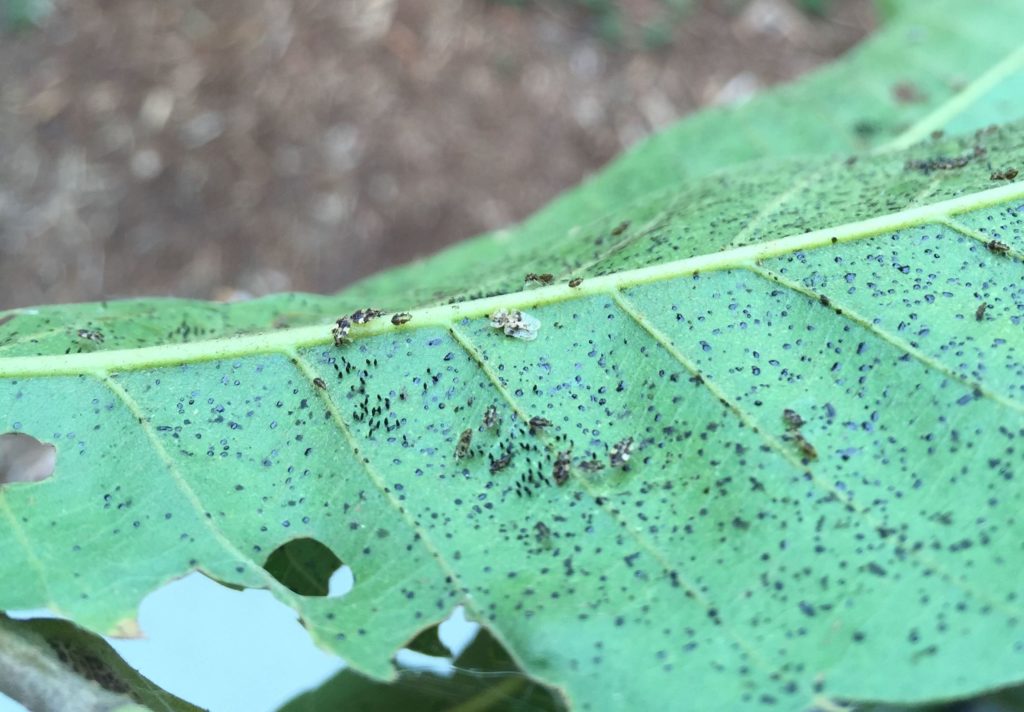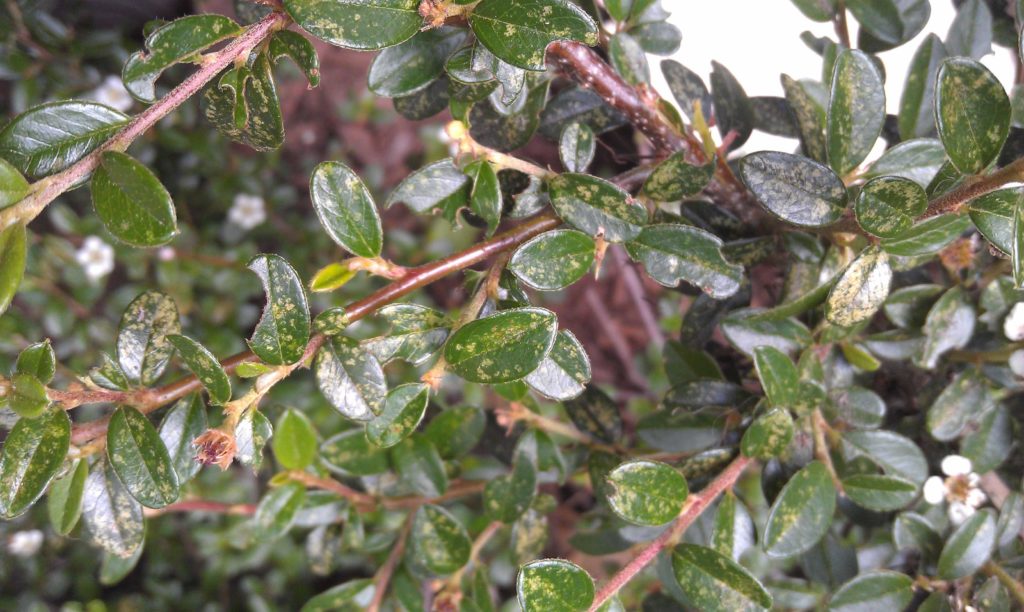Lace Bugs on Landscape Plants
go.ncsu.edu/readext?525292
en Español / em Português
El inglés es el idioma de control de esta página. En la medida en que haya algún conflicto entre la traducción al inglés y la traducción, el inglés prevalece.
Al hacer clic en el enlace de traducción se activa un servicio de traducción gratuito para convertir la página al español. Al igual que con cualquier traducción por Internet, la conversión no es sensible al contexto y puede que no traduzca el texto en su significado original. NC State Extension no garantiza la exactitud del texto traducido. Por favor, tenga en cuenta que algunas aplicaciones y/o servicios pueden no funcionar como se espera cuando se traducen.
Português
Inglês é o idioma de controle desta página. Na medida que haja algum conflito entre o texto original em Inglês e a tradução, o Inglês prevalece.
Ao clicar no link de tradução, um serviço gratuito de tradução será ativado para converter a página para o Português. Como em qualquer tradução pela internet, a conversão não é sensivel ao contexto e pode não ocorrer a tradução para o significado orginal. O serviço de Extensão da Carolina do Norte (NC State Extension) não garante a exatidão do texto traduzido. Por favor, observe que algumas funções ou serviços podem não funcionar como esperado após a tradução.
English
English is the controlling language of this page. To the extent there is any conflict between the English text and the translation, English controls.
Clicking on the translation link activates a free translation service to convert the page to Spanish. As with any Internet translation, the conversion is not context-sensitive and may not translate the text to its original meaning. NC State Extension does not guarantee the accuracy of the translated text. Please note that some applications and/or services may not function as expected when translated.
Collapse ▲This week I have seen a couple species of lace bugs active on landscape plants. Yes, there are over a dozen species of lace bugs in NC not just the one on azaleas that drives everyone nuts. Some the most common are, of course, the azalea lace bug, hawthorn lace bug, oak lace bug, and sycamore lace bug.
Lace bugs all cause what is called stippling damage which looks like hundreds of tiny discolored specks on leaves. This is from when lace bugs poke in their needle like mouth parts and suck out the plant juices, including chlorophyll. Without chlorophyll that spot turns yellow or white and eventually brown. Lace bugs also make a lot of fecal spots on the undersides of leaves.
Hawthorn lace bugs feed on many common plants including hawthorn, cotoneaster, pyracantha, crab apple, serviceberry (Amelanchier), mountain ash and others. Lace bugs are hard to managage with foliar insecticides because they reside on the bottom side of leaves. Be to cover these parts with the horticultural oil or soap or other product you apply. Lace bugs can also be managed with systemic products. However, many of the lace bugs’ favorite plants also flower a lot so be conscious of the labels and restrictions regarding pollinators.




